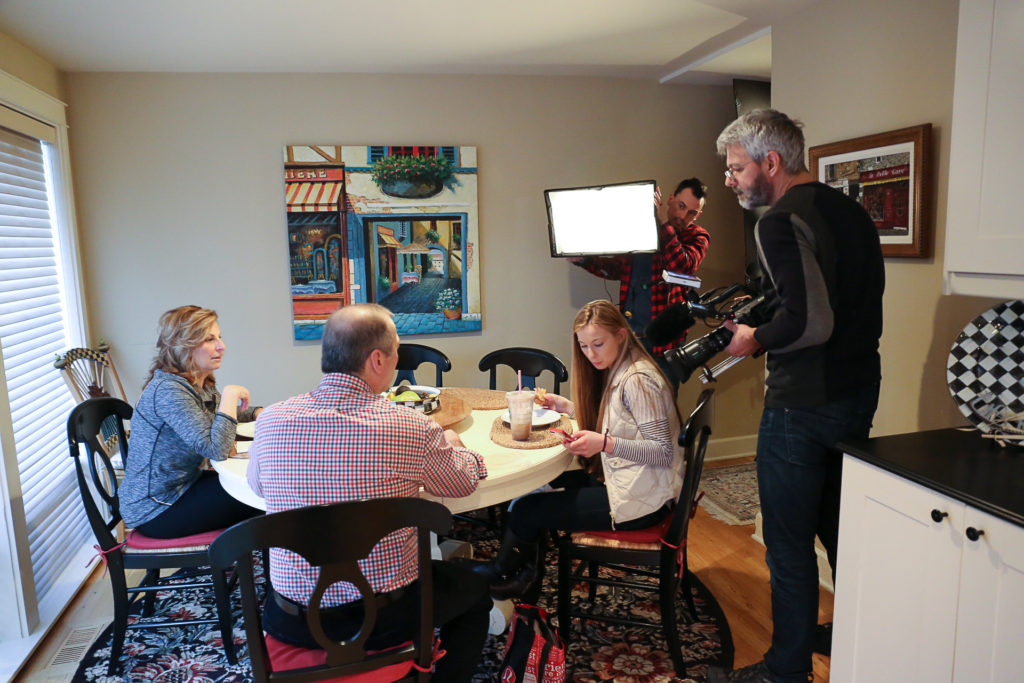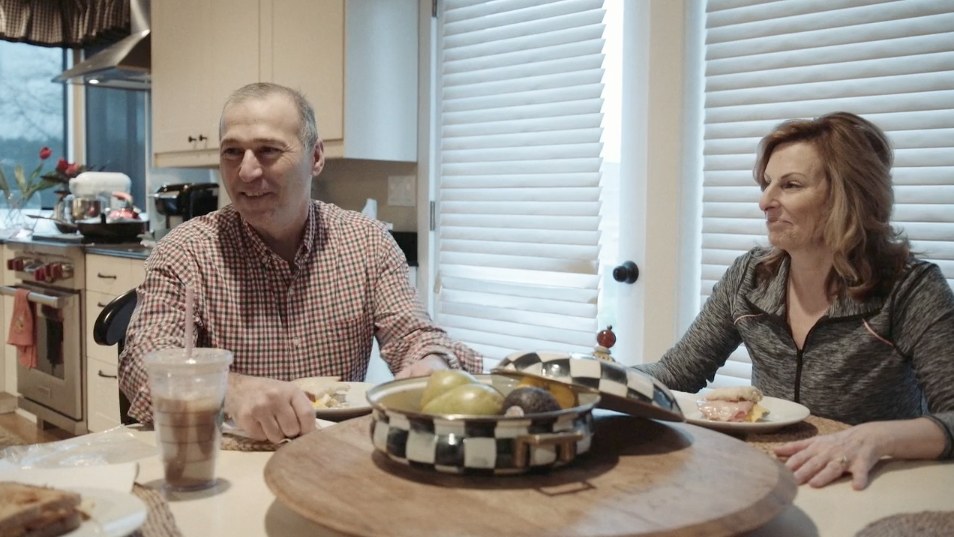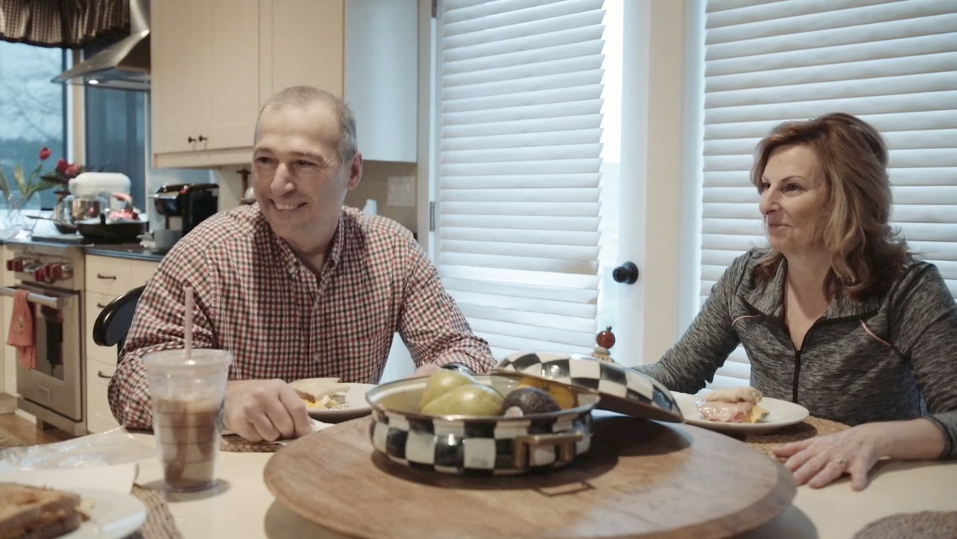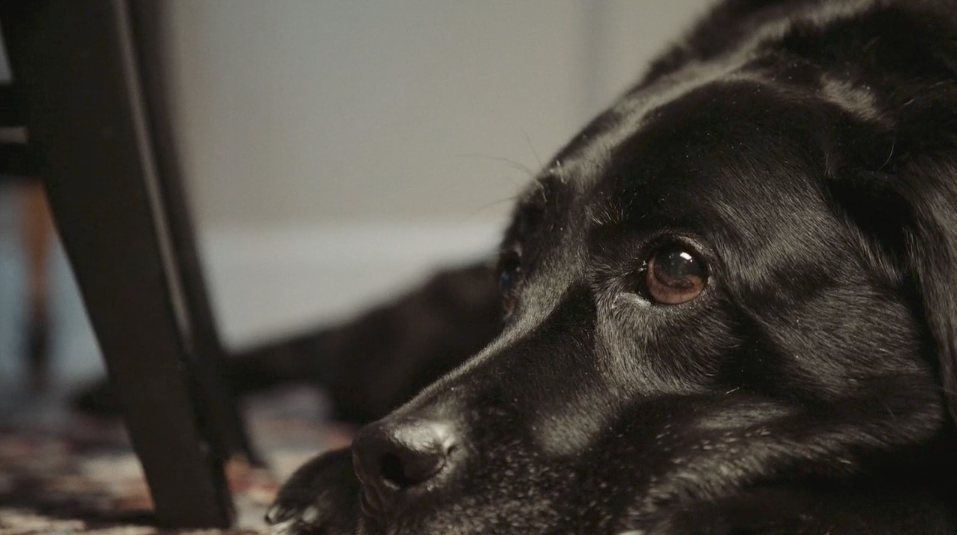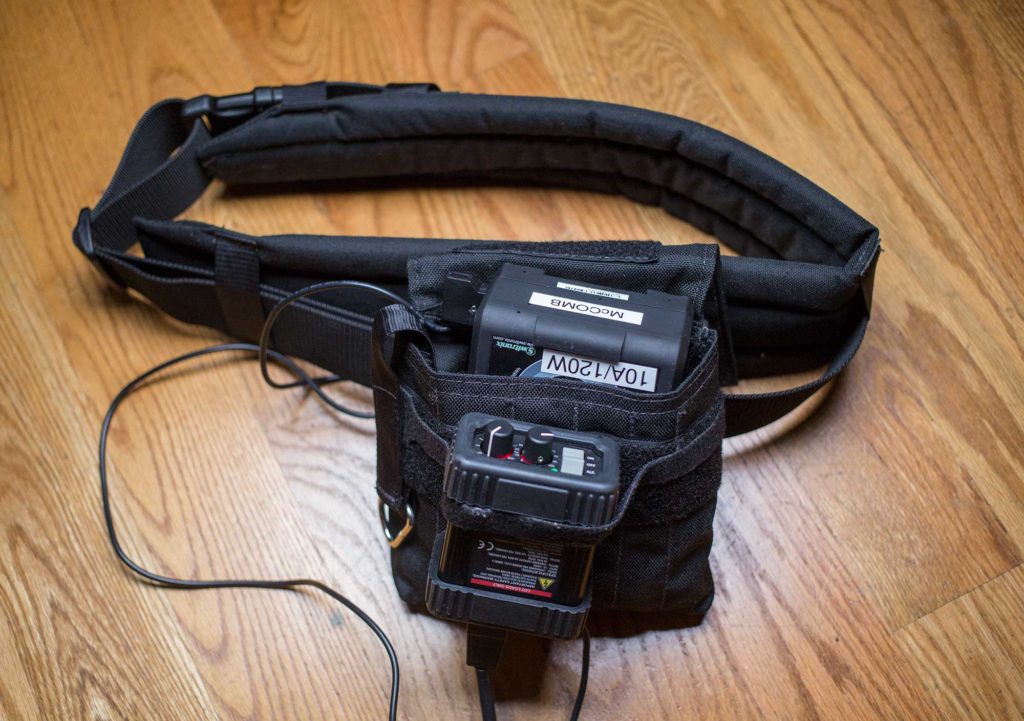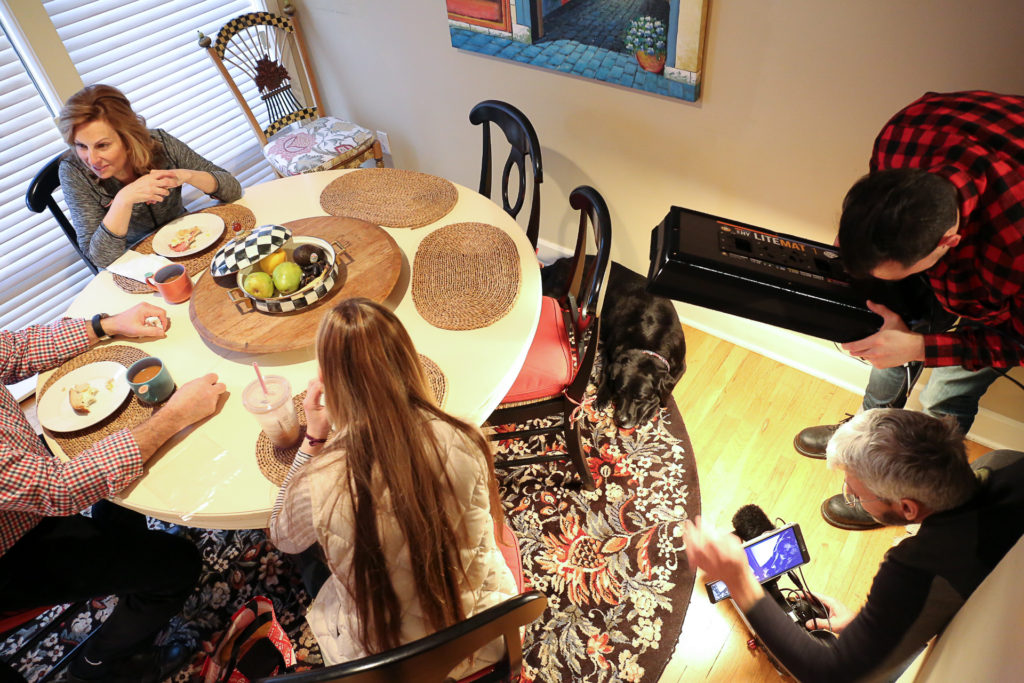
LiteMat 1 S2 handheld. Photo by Doug Plummer
When you’re a documentary filmmaker, it’s easy to fall into the habit of shooting b-roll with available light all the time. The need for speed can eclipse all other considerations, especially with regard to lighting. But it doesn’t have to be that way. LiteGear’s S2 LiteMat 1 makes it possible for documentary cinematographers to bring a little Hollywood to their next production. You don’t need a big crew – just one assistant who stays glued to your side while you work. Your assistant (with your direction) solves the lighting challenges, while you and your camera stay focused on the story.
What is the difference between videography and cinematography?
Videography is about placing lights to accurately expose your subjects. Cinematography is about placing shadows to create the mood your story needs.
But remember, lighting is a subtle thing. If it looks lit, you’re probably overdoing it. The approach I’m sharing with you is really designed to complement the light you find, not overpower it. The LiteMat S2 unit is quite bright, but it’s never going to balance your subject with direct sunlight.
The good news is it doesn’t have to. All you need it to do is wrap light into places where it doesn’t quite reach, and reveal detail in shadows that would otherwise go black.
Take the frames below. In the first frame below, the man has leaned back so that our Hollywooded fill light is being blocked by another person sitting at the table. This reveals what this shot would look like with just available lighting. (Note that woman on right has correct fill on her in both frames.)
The mood I was going for with this shoot was warm and happy family time, so opening up the shadows under his face (while at the same time keeping a natural vibe) was the appropriate way to handle this. The LiteMat and an assistant allowed me to achieve that.
Here’s another frame:
I wanted to include the dog in this piece (because audiences love dogs) but he was lying under the table. Which is to say, he was in extremely low light. Basically he would have been silhouetted without the light. But because I was working with an assistant and light, I was able to see the dog, call for the light, and grab the shot within a few seconds, without disrupting the flow of the action on the table which was my primary focus. Good thing we worked fast, too – the dog got up and moved out of the shot just moments after I was able to grab the shot. And it ended up in the final film, helping me create the story I wanted to tell.
Note: the S2 version of LiteMat is not only 40 percent brighter than the original LiteMat, but it has a wider color temperature. So now, you can go all the way down to 2600k (warm incandescent bulbs) and up to 6000K, which is a good starting point for matching north window light. In other words, it can instantly match just about any light you’re working with on a documentary production.
Here’s how the finished piece turned out:
“Hollywooding”
In film-speak, to “Hollywood” a light means to hold it by hand rather than placing it on a stand. It’s a common technique that is used on productions both large and small, most frequently when a subject is moving and the light needs to travel along with it.
The nice thing about the LiteMat 1 is that it’s large enough to give you a reasonably soft source, while small and lightweight enough to support easily for long periods of time. And with a few accessories, you can rig it up so that the battery and dimmer attach to a belt for completely untethered Hollywooding that puts dimmer and color temp controls at your assistant’s fingertips.
But be careful: the calibre of your documentary camera work will rise using this approach. Clients will start expecting it. Once you start Hollywooding, you can never go back!
What you need
- A battery pouch. We use the Lindcraft assistants tool pouch from Filmtools because it fits a v-lock battery almost perfectly. It also has velcro sewn on the front, which which makes it possible to attach the dimmer.
- A padded set belt (the one pictured below is no longer made, but you can find others like it at B&H or Filmtools).
- A high-capacity battery such as the HyperCore 98Wh 14.8V V-Mount Battery pictured here. It lasts 1.5 hours at full power; much longer when dimmed.
- An 8″ length of 1.5″ wide hook velcro strap for attaching the dimmer to the loop velcro on the pouch.
Tips
- Holding the light close to camera at eye-level with your subjects is a great place to fill from. Hold the light slightly higher to eliminate shadows on walls behind your subject.
- Unlike a c-stand, your assistant has feelings. Communicate with them clearly, be patient, give them breaks, and remember to thank them for a job well done.
- Use the LiteMat’s skirt. With the skirt and grid cloth attached, you have some ability to direct the light. For even more focused throw, attach the egg crate that is included with all LiteMat kits. However, this adds significant weight.
- Switch off the light when you’re not using it, to save battery.
Thanks to photographer Doug Plummer who took these photos while working on assignment for our mutual client on this project.
